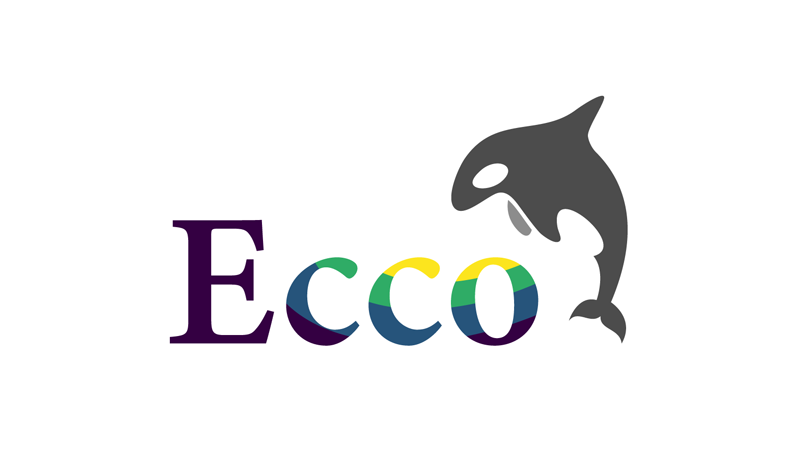Ecco is a python library for explaining Natural Language Processing models using interactive visualizations.
It provides multiple interfaces to aid the explanation and intuition of Transformer-based language models. Read: Interfaces for Explaining Transformer Language Models.
Ecco runs inside Jupyter notebooks. It is built on top of pytorch and transformers.
The library is currently an alpha release of a research project. Not production ready. You're welcome to contribute to make it better!
# Assuming you had PyTorch previously installed
pip install eccoTo use the project:
import ecco
# Load pre-trained language model. Setting 'activations' to True tells Ecco to capture neuron activations.
lm = ecco.from_pretrained('distilgpt2', activations=True)
# Input text
text = "The countries of the European Union are:\n1. Austria\n2. Belgium\n3. Bulgaria\n4."
# Generate 20 tokens to complete the input text.
output = lm.generate(text, generate=20, do_sample=True)
# Ecco will output each token as it is generated.
# 'output' now contains the data captured from this run, including the input and output tokens
# as well as neuron activations and input saliency values.
# To view the input saliency
output.saliency()This does the following:
- It loads a pretrained Huggingface DistilGPT2 model. It wraps it an ecco
LMobject that does useful things (e.g. it calculates input saliency, can collect neuron activations). - We tell the model to generate 20 tokens.
- The model returns an ecco
OutputSeqobject. This object holds the output sequence, but also a lot of data generated by the generation run, including the input sequence and input saliency values. If we setactivations=Trueinfrom_pretrained(), then this would also contain neuron activation values. outputcan now produce various interactive explorables. Examples include:
output.saliency()to generate input saliency explorable [Input Saliency Colab Notebook]output.run_nmf()to to explore non-negative matrix factorization of neuron activations [Neuron Activation Colab Notebook]
# To view the input saliency explorable
output.saliency()
# to view input saliency with more details (a bar and % value for each token)
output.saliency(style="detailed")
# output.activations contains the neuron activation values. it has the shape: (layer, neuron, token position)
# We can run non-negative matrix factorization using run_nmf. We pass the number of factors/components to break down into
nmf_1 = output.run_nmf(n_components=10)
# nmf_1 now contains the necessary data to create the interactive nmf explorable:
nmf_1.explore()

